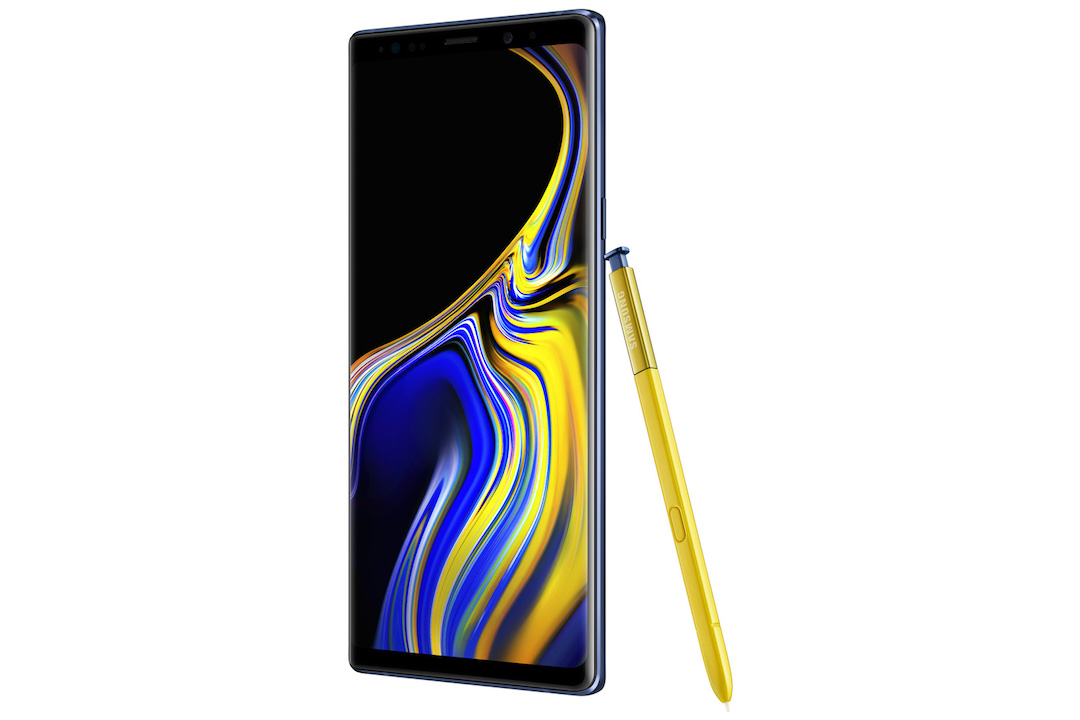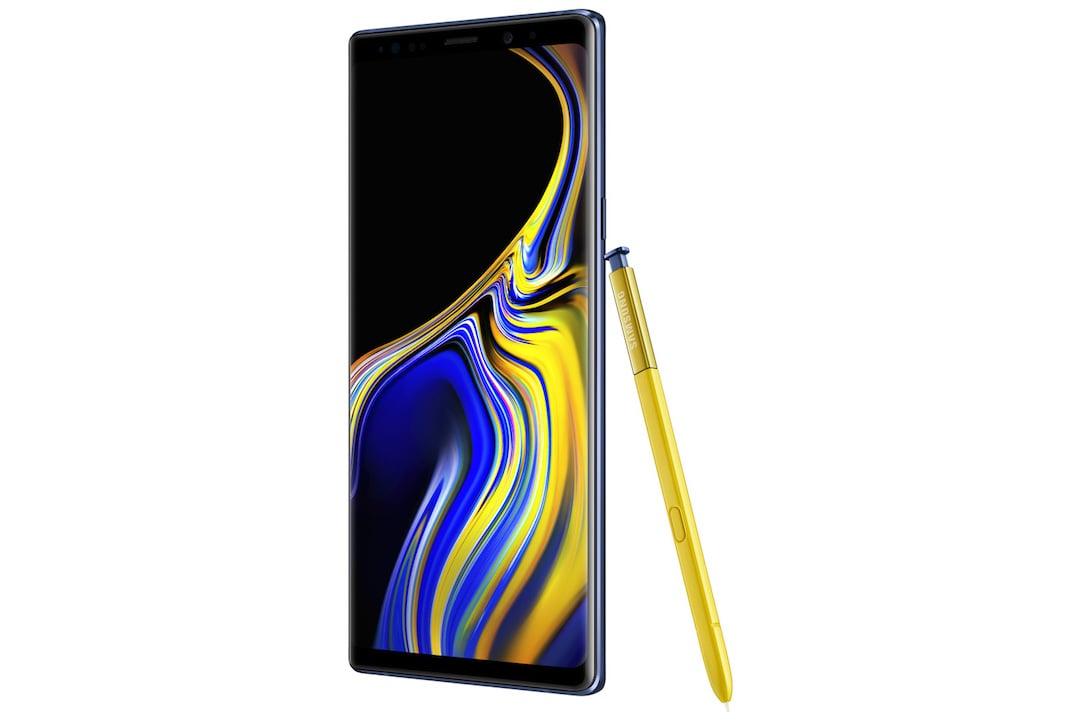
 The New Samsung Galaxy Note 9 launches on August 24th and is the first 1TB smartphone
The New Samsung Galaxy Note 9 launches on August 24th and is the first 1TB smartphone
Samsung’s new Galaxy Note 9 not only features Samsung’s biggest smartphone screen to date and a massive 4000mAh battery, it also has some neat new camera tricks to play with as well.
There's a philosophy that’s taken hold in many areas of sport of marginal gains. Coaches reason that a small difference here and a small difference there can up to a whole lot of major difference. In some areas it’s been astoundingly successful, and it looks like Samsung has been leafing through the same playbook as, in most areas, the Galaxy Note 9 is just that little bit better than its Note 8 predecessor.
The screen, for example, is 6.4in over the Note 8’s 6.3in, Like the Galaxy S9 it’s powered by Qualcomm’s Snapdragon 845, though Samsung says that not only has it made optimisations to the GPU to make it 23% faster but it has installed a new ‘water carbon cooling’ system for the phone too. The jury is somewhat out on whether this is a genuine Notebook-class cooling system meant to keep the phone going during intense gaming sessions or a bit of marketing-wheeze. But with Epic Games’ all conquering Fortnite hitting all Android phones from August 12th, we’ll all find out soon enough if it works.
The Note 9’s S Pen has the same drawing skills and sensitivity levels as last year’s iteration, but usefully adds Bluetooth LE. This is one of those upgrades which actually can be a bit more than marginal depending on what you use your phone for, as there are plenty of people out there that will find its ability to operate as a remote shutter for the camera very useful. Likewise it can be a slide clicker for presentations and, as its DevX software lets you plug into an external display with just an HDMI adaptor, that might also get a lot of use.
The battery
The battery is not incremental at all: 21% larger than the Note 8 and 33% larger than the S9. A 4000mAh capacity should see it last all day and, having learnt plenty from the exploding Note 7 recall disaster, it has been validated and certified not just internally but by outside companies as well.
The camera hardware is the same as the two 12MP camera set up of the S9+, one with a standard 26mm focal length and the other featuring a 52mm lens for portraits. The sensor though has been slightly improved, and it features an aperture that goes down to f/1.5 rather than the Note 8’s f/1.7. But the big improvements in the visual arena come from software.
Scene Optimiser intelligently detects the subject in the camera frame and then chooses from twenty different modes such as Food, Landscapes, Sky, Snow and so on, adjusting the values of brightness, contrast, saturation and white balance before the shot is taken to provide the best possible result. It’s billed as AI as well, so should get better at it the more it's used. Likewise Flaw Detection, which will detect blinks, blurs, smudged lenses and overlay backlit scenes and suggest you reshoot them. Both of these work on-device.
Samsung has brought the phone’s release forward a month from its usual schedule, presumably to gain traction against Apple’s likely September announcement of an iPhone 11 and 9 pairing. It’s price is in the same $1000 and up ballpark too. But then, if you think about it, the top range $1250 configuration features 512GB of storage and 8GB of RAM. Add a 512GB microSD memory card and you have the first 1TB smartphone; and one you can just plug into a monitor with a dongle and drive with a keyboard and mouse like any desktop.
The AI camera upgrades are interesting, but really blurring the line between phone and desktop computer is perhaps even more so.
Tags: Technology


Comments